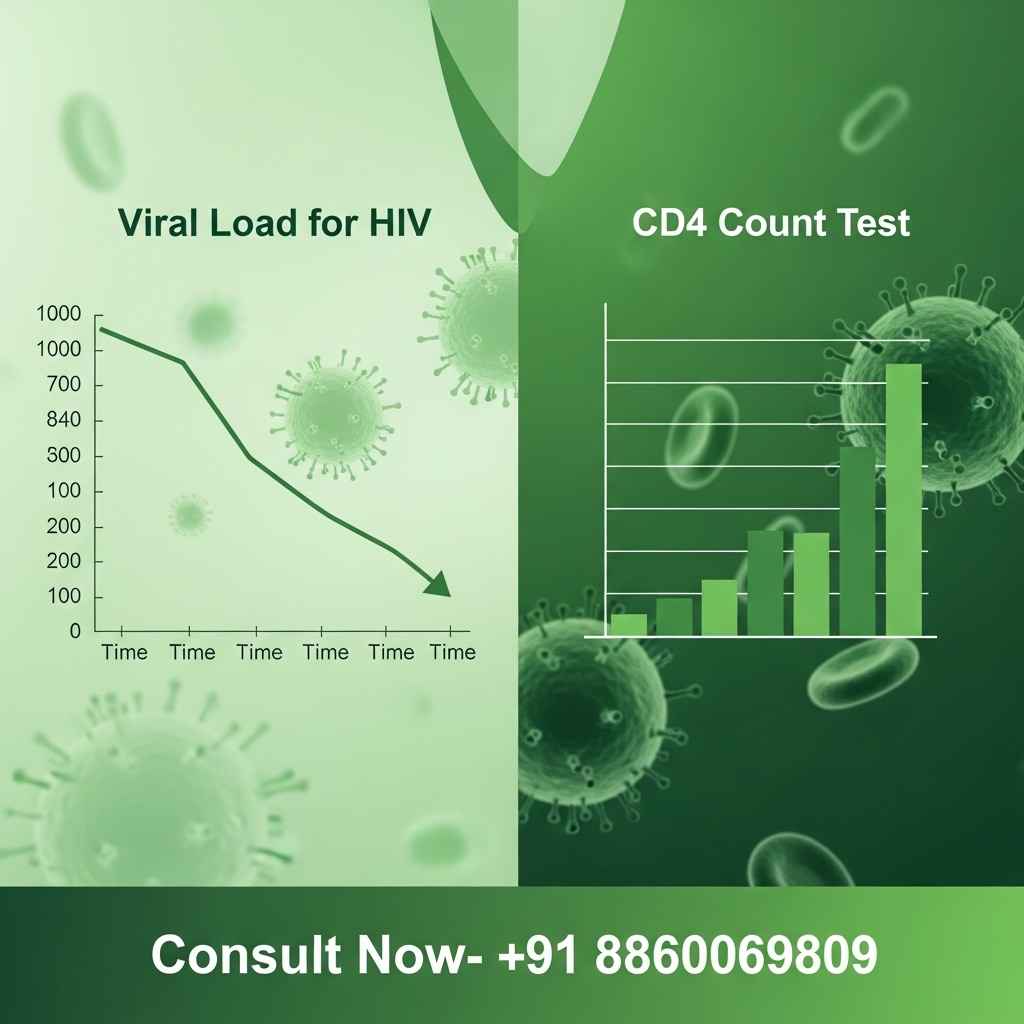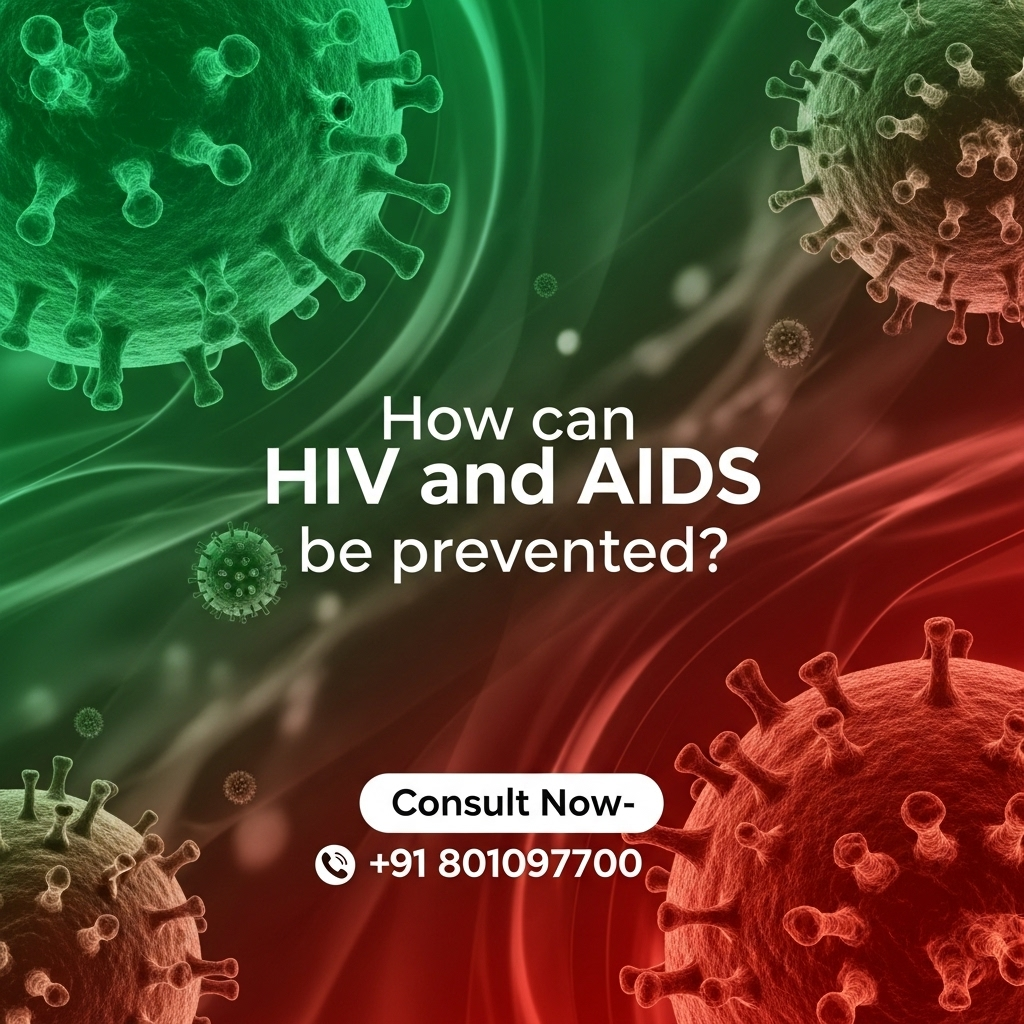Understanding how to read hiv test results is crucial for anyone who has undergone testing. Whether you’re anxious about your health or simply want to stay informed, knowing what the results mean can help you make informed decisions about your next steps. The process of testing and interpreting results can be daunting, especially with the emotional weight it carries, but it is an essential step in taking charge of your health.
In this article, we will break down the different types of HIV tests, how to interpret their results, and what to do after you receive them. Let’s dive in and demystify the process of reading HIV test results. With clear information, you can navigate this important aspect of health management with confidence and clarity, ensuring you take the appropriate actions no matter the outcome. For a trusted HIV specialist consultation in Delhi or to explore verified resources on HIV testing and counseling, visit hivtesting-counselling.org.

There are several types of HIV tests available, and each has its own method of detecting the virus. Understanding the differences can help you know what to expect when you receive your results. It’s important to choose the right test based on your circumstances, such as the timing of possible exposure and your personal health needs.
Antibody Tests
Antibody tests are the most common type of HIV test. They detect the presence of antibodies produced by your body in response to the HIV infection. These tests are usually conducted using blood or oral fluid samples. Antibody tests can take a few weeks to months after exposure to detect the virus because it takes time for your body to produce enough antibodies. This delay is known as the window period, and understanding this can help you time your testing appropriately to ensure accurate results.
While these tests are widely available and often more affordable, their reliance on the presence of antibodies means they might not detect very recent infections. If you suspect a recent exposure, you may need to opt for a different type of test or plan for follow-up testing to confirm your status. Discussing your options with a healthcare provider can provide clarity on the best testing strategy for your situation.
Antigen/Antibody Combination Tests (HIV Ag/Ab Combo)
These tests detect both HIV antibodies and antigens. An antigen is a part of the virus itself, specifically the p24 protein, which appears in the blood sooner than antibodies. This type of test can detect HIV infection earlier than antibody tests alone, usually within two to four weeks after exposure. This makes them a valuable tool for early detection and timely intervention.
The antigen/antibody combination tests are often used in clinical settings and are recommended for routine screening due to their increased sensitivity and shorter window period. If you’re in a situation where early detection is crucial, such as a recent high-risk exposure, this test might be the most suitable choice. Always consider discussing the timing and type of test with your healthcare provider to align your testing plan with your specific needs.
Nucleic Acid Tests (NAT)
NAT tests directly detect the presence of the HIV virus in the blood. They are more expensive and less commonly used but can detect the virus much sooner than antibody or antigen/antibody tests, usually within 10 to 33 days after exposure. This makes NAT tests particularly useful in cases of very recent exposure or when a quick diagnosis is necessary.
These tests are often reserved for specific situations, such as when symptoms of acute HIV infection are present or when there is a need for early detection due to a known exposure. While they provide early and accurate results, the cost and availability may limit their use as a routine screening tool. However, understanding the options and discussing them with a healthcare provider can help ensure you choose the most appropriate testing method.
- What You Need to Know About HIV Testing
- Best HIV treatment in india
- 10 Most Important Myths And Misconceptions Busted About HIV/AIDS
Interpreting HIV Test Results

Interpreting HIV test results can sometimes be confusing, especially with the different types of tests available. Here’s how you can understand the different outcomes. Being informed about what each result means helps alleviate anxiety and ensures you take the correct next steps.
Negative Result
A negative HIV test result means that no HIV antibodies or antigens were detected in your blood sample. This could mean one of two things: you are either HIV-negative, or you took the test too soon for the virus to be detected. If you’ve had a recent exposure, it’s advisable to get retested after the window period. Understanding the timing of your test in relation to exposure is crucial for interpreting a negative result accurately.
It is important to consider the type of test used and the time elapsed since potential exposure. If uncertainty exists, or if you are in a high-risk group, scheduling a follow-up test can provide peace of mind and ensure accurate results. Maintaining open communication with healthcare providers can also offer guidance and support through the testing process.
Positive Result
A positive result indicates that HIV antibodies or antigens were detected in your blood sample. This means you are likely HIV-positive. However, it’s important to confirm positive results with a follow-up test, especially if the initial test was a rapid or home test. Confirmatory testing is a standard procedure to rule out false positives and provide a definitive diagnosis.
Receiving a positive result can be overwhelming, but it’s essential to remember that early diagnosis and treatment can significantly improve health outcomes. Ensuring that the result is confirmed and seeking medical advice promptly are crucial steps. Support networks and healthcare professionals can provide invaluable assistance and guidance during this time, helping you navigate the emotional and practical aspects of an HIV diagnosis.
Indeterminate or Invalid Result
Sometimes, the test result may be unclear or invalid. This can happen for several reasons, such as improper sample collection or testing too early after exposure. If you receive an indeterminate or invalid result, it’s important to retest. Understanding the reasons behind an inconclusive result can reduce anxiety and help you plan your next steps effectively.
In such cases, consulting with a healthcare professional can provide clarity and guidance on retesting procedures. They can help identify any potential issues with the initial test and recommend the best course of action to obtain a clear and accurate result. Ensuring proper testing conditions and timing can often resolve these issues, leading to a definitive outcome.
Understanding HIV Rapid Test Results
Rapid tests are popular because they provide results quickly, often within 20 minutes. These tests can be done at home or in a healthcare setting. Their speed and convenience make them an attractive option for many, but understanding how to interpret these results is key to using them effectively.
Reading Rapid Test Results
Most rapid HIV tests work like a pregnancy test. They have a control line that shows the test is working properly and a test line that indicates the presence of HIV antibodies or antigens. If only the control line appears, the result is negative. If both the control and test lines appear, the result is positive. No lines or only the test line without the control line usually means the test is invalid. Being familiar with the test’s instructions and results interpretation can help avoid confusion.
It’s important to carefully follow the instructions provided with the rapid test kit to ensure accuracy. If the result is positive, a follow-up laboratory test is necessary to confirm the diagnosis. Rapid tests are a great tool for initial screening, but confirmatory testing remains an essential step in the diagnostic process. Consulting with a healthcare provider after receiving any result from a rapid test is advisable to ensure proper follow-up and care.
What To Do After Receiving Your Results

Receiving your HIV test results can be an emotional experience, regardless of the outcome. Here’s what you should do next: taking appropriate actions based on your results ensures you maintain your health and well-being.
If Your Result Is Negative
If your result is negative and you haven’t had any recent exposures, you can breathe a sigh of relief. Continue practicing safe behaviors to remain HIV-negative. This includes using protection during sexual activities and avoiding sharing needles or other items that could transmit the virus.
If you were tested shortly after a potential exposure, consider getting retested after the window period to confirm the result. Staying informed about your health status through regular testing, especially if you are at higher risk, is a proactive step in health management. Discussing your testing schedule with a healthcare provider can help you stay on top of your health.
If Your Result Is Positive
A positive result can be overwhelming, but it’s important to remember that an HIV diagnosis is not the end. With proper medical care, individuals with HIV can lead healthy, fulfilling lives. Early engagement with healthcare services and starting treatment promptly can greatly improve quality of life and health outcomes.
- Confirm the Result: Get a follow-up test to confirm the diagnosis. This step is crucial to ensure accuracy and prepare for the next steps.
- Seek Medical Care: Consult with a healthcare provider who can guide you on starting antiretroviral therapy (ART), which can help manage the virus and keep you healthy. ART has transformed HIV from a fatal diagnosis to a manageable chronic condition.
- Get Support: Reach out to support groups, friends, or family. Having a strong support system can make a significant difference. Emotional and social support is vital for coping with the diagnosis and managing the condition effectively.
- Educate Yourself: Learn about HIV, its treatment, and ways to prevent transmission to others. Knowledge empowers you to make informed decisions about your health and to protect others.
- What You Need to Know About HIV Testing
- Best HIV treatment in india
- 10 Most Important Myths And Misconceptions Busted About HIV/AIDS
The Importance of Regular Testing
Regular HIV testing is crucial, especially if you have multiple sexual partners, use intravenous drugs, or are a man who has sex with men. Early detection allows for timely treatment, which can significantly improve health outcomes and reduce the risk of transmitting the virus to others. Regular testing is a fundamental part of maintaining your health and protecting public health.
Routine testing helps ensure that any changes in your status are identified early, allowing for immediate intervention. This proactive approach to health care not only benefits you but also contributes to the broader effort to reduce HIV transmission. Encouraging regular testing within communities helps destigmatize the process and promotes a healthier society for all.
Conclusion
Understanding how to read HIV test results is an essential step in managing your health. By knowing the types of tests available, how to interpret them, and what steps to take afterward, you can take control of your health and make informed decisions. This knowledge is not just empowering; it is a critical component of effective health management.
Remember, whether your test result is positive or negative, there are steps you can take to stay healthy and protect yourself and others. Regular testing, safe practices, and seeking medical advice when necessary are key components of maintaining your health. Stay informed, stay healthy, and take charge of your well-being. If you have questions or concerns about HIV testing, don’t hesitate to reach out to a healthcare professional for guidance. Taking action based on informed decisions ensures you are proactive in managing your health and contributing to a healthier community.











Leave a Reply